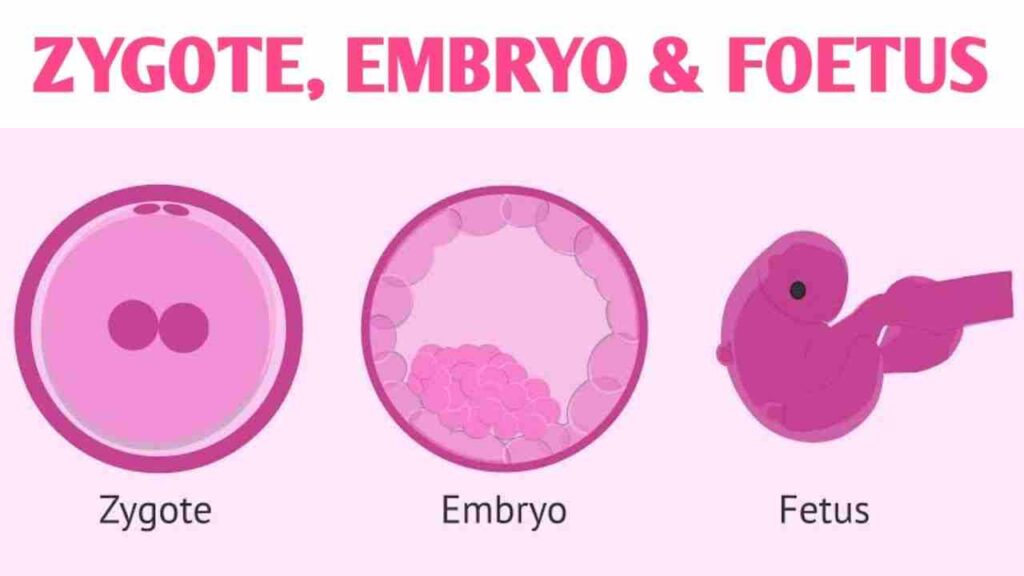
Understand the Key 15 Difference between Zygote and Foetus
The journey from conception to birth is a remarkable process filled with incredible transformations and milestones. Within human development, two distinct stages stand out: the zygote and the fetus. While these terms are often used interchangeably, it’s important to understand that they represent different phases of prenatal development. Let’s explore 15 key difference between the zygote and the foetus in simpler terms for your upcoming exams.
15 Difference between Zygote and Foetus
Definition: The zygote is the initial product of fertilization when an egg and sperm fuse together. The fetus refers to the stage of development that begins around the 9th week after fertilization and continues until birth.
Size: The zygote is microscopic, unable to be seen without magnification. In contrast, the fetus grows significantly larger during the course of pregnancy.
Complexity: The zygote consists of a single cell that has the potential to develop into a complete organism. The fetus, however, is a complex organism with well-defined organs and features.
Cell Division: The zygote rapidly divides into many cells through a process called mitosis, gradually forming a structure called a blastocyst. The fetus continues to grow and differentiate its cells into specialized tissues and organs.
Implantation: After fertilization, the zygote implants itself into the wall of the uterus, securing nourishment from the mother. The fetus remains implanted until birth.
Organ Formation: During the zygote stage, organs begin to form, providing the foundation for the development of major structures. By the fetal stage, organ formation is mostly complete, and organs continue to mature.
External Features: The zygote lacks distinguishable external features. In contrast, the fetus develops distinct physical characteristics, such as facial features, limbs, and digits.
Sensory Perception: The zygote does not have sensory perception. However, the fetus develops sensory organs and starts to respond to external stimuli.
Movement: The zygote does not exhibit independent movement. As the fetus develops, it gains the ability to move its limbs and respond to stimuli.
Fetal Development: During the fetal stage, organs continue to grow and mature, and body systems become fully functional. This is a critical phase of development.
Viability: While the zygote depends entirely on the mother for survival, the fetus gradually becomes viable, meaning it has the potential to survive outside the womb with specialized medical care.
Growth Rate: The zygote grows rapidly, dividing into multiple cells. The fetus continues to grow steadily, but at a slower pace, while undergoing complex development.
Gestational Period: The zygote stage lasts for a few days until implantation, while the fetal stage spans the majority of the pregnancy, starting around 9 weeks and lasting until birth.
Placenta Formation: The zygote triggers the formation of the placenta, an essential organ that provides nutrients and oxygen to support the growing fetus. The fully formed placenta nourishes the fetus throughout its development.
Birth: The zygote does not result in a live birth but progresses into the fetal stage, which culminates in the birth of a fully formed baby.
Understanding the difference between the zygote and the Foetus allows us to appreciate the incredible process of human development. From the microscopic beginnings of a zygote to the awe-inspiring growth and maturation of the fetus, each stage contributes to the miracle of life.
Also Read: Explore 15 Key Difference between SI and CI Engine